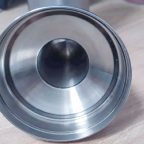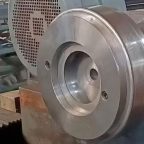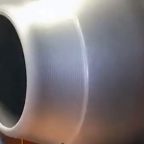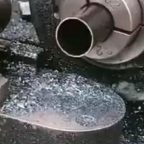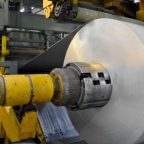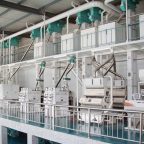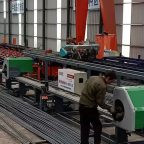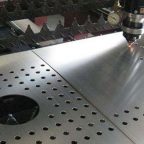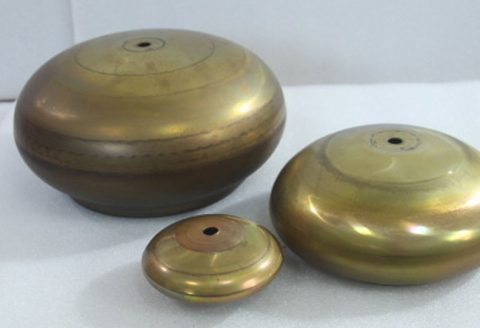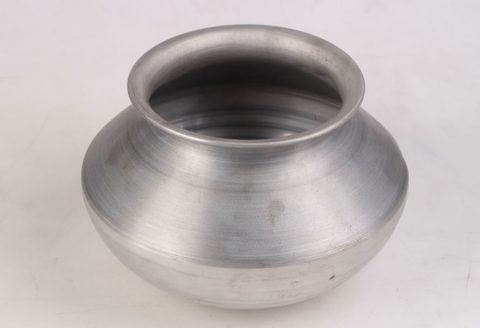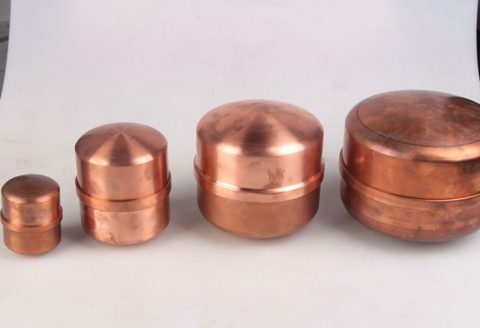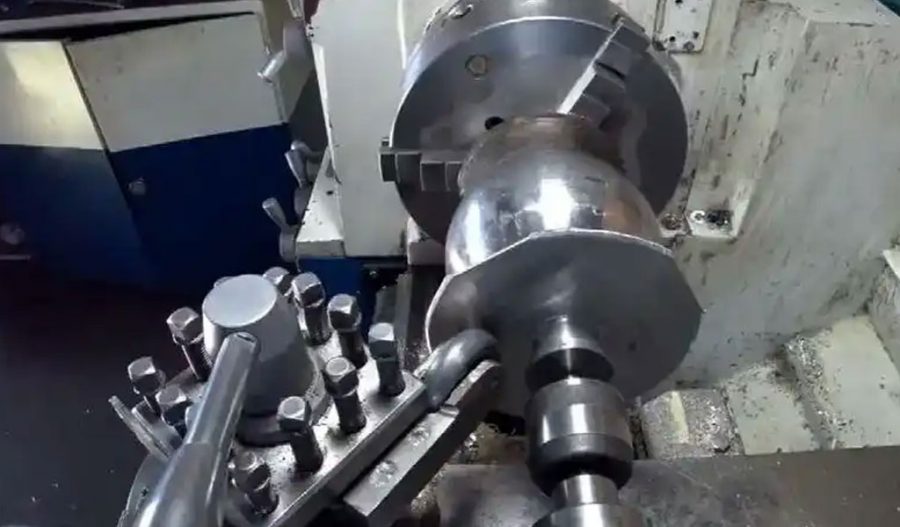
The phenomenon of surge in air ducts is a critical issue in various industrial and engineering applications, particularly in systems involving compressors, turbines, and fans. Surge occurs when the flow through the duct becomes unstable, leading to oscillations and potential damage to the system. One of the innovative solutions to mitigate surge is the implementation of anti-surge slots in the air duct. This article delves into the concept, design, and application of anti-surge slot spinning in air ducts, providing a comprehensive understanding supported by scientific data and comparative analyses.
Understanding Surge in Air Ducts
Surge is a dynamic instability that occurs in compressors and other fluid-handling machinery when the flow rate is reduced below a certain threshold. This instability manifests as large-amplitude oscillations in pressure and flow rate, which can cause severe mechanical stress and potential failure of the system. The primary causes of surge include:
- Flow Separation: When the flow rate is too low, the boundary layer may separate from the duct walls, leading to flow reversal and instability.
- Pressure Gradients: Adverse pressure gradients can cause the flow to become unstable, particularly in regions of high curvature or sudden changes in duct geometry.
- Rotating Stall: This is a precursor to surge, where localized regions of flow reversal rotate around the duct, causing periodic fluctuations in pressure and flow rate.
Principles of Anti-Surge Slot Spinning
Anti-surge slots are strategically placed openings in the air duct that allow for the controlled release of air, thereby stabilizing the flow and preventing surge. The spinning of these slots refers to the dynamic adjustment of their orientation and size to optimize flow conditions. The key principles behind anti-surge slot spinning include:
- Flow Control: By allowing a controlled amount of air to escape through the slots, the system can maintain a stable flow rate even under adverse conditions.
- Pressure Relief: The slots provide a path for pressure relief, reducing the likelihood of adverse pressure gradients that can lead to surge.
- Dynamic Adjustment: The spinning mechanism allows for real-time adjustment of the slot orientation and size, ensuring optimal performance under varying operating conditions.
Design Considerations
The design of anti-surge slots involves several critical parameters, including the number, size, and placement of the slots, as well as the spinning mechanism. Key design considerations include:
- Slot Geometry: The shape and size of the slots must be optimized to ensure effective flow control without compromising the structural integrity of the duct.
- Placement: The location of the slots is crucial. They are typically placed in regions of high curvature or where flow separation is likely to occur.
- Spinning Mechanism: The mechanism for adjusting the slot orientation must be robust, reliable, and capable of rapid response to changing flow conditions.
Comparative Analysis of Anti-Surge Slot Designs
To illustrate the effectiveness of different anti-surge slot designs, a comparative analysis is presented in the table below. The table compares various slot designs based on parameters such as flow stability, pressure relief, structural integrity, and response time.
| Parameter | Design A (Fixed Slots) | Design B (Adjustable Slots) | Design C (Spinning Slots) |
|---|---|---|---|
| Flow Stability | Moderate | High | Very High |
| Pressure Relief | Moderate | High | Very High |
| Structural Integrity | High | Moderate | High |
| Response Time | Slow | Moderate | Fast |
| Cost | Low | Moderate | High |
| Maintenance | Low | Moderate | High |
Design A: Fixed Slots
Fixed slots are the simplest and most cost-effective design. They provide moderate flow stability and pressure relief but lack the flexibility to adapt to changing flow conditions. The structural integrity is high due to the static nature of the slots, and maintenance requirements are low. However, the response time is slow, making this design less suitable for dynamic systems.
Design B: Adjustable Slots
Adjustable slots offer improved flow stability and pressure relief compared to fixed slots. The ability to adjust the slot size allows for better adaptation to varying flow conditions. However, the structural integrity is moderate due to the moving parts, and the response time is also moderate. Maintenance requirements are higher than for fixed slots but still manageable.
Design C: Spinning Slots
Spinning slots provide the highest level of flow stability and pressure relief. The dynamic adjustment of slot orientation and size ensures optimal performance under all operating conditions. The structural integrity is high, and the response time is fast, making this design ideal for dynamic systems. However, the cost and maintenance requirements are higher due to the complexity of the spinning mechanism.
Applications of Anti-Surge Slot Spinning
Anti-surge slot spinning has a wide range of applications in various industries, including:
- Aerospace: In aircraft engines, anti-surge slots help maintain stable flow conditions, ensuring reliable performance and reducing the risk of engine failure.
- Automotive: In turbochargers and superchargers, anti-surge slots prevent surge and improve engine efficiency.
- Industrial: In industrial compressors and fans, anti-surge slots enhance flow stability, reducing downtime and maintenance costs.
- HVAC: In heating, ventilation, and air conditioning systems, anti-surge slots ensure stable airflow, improving comfort and energy efficiency.
Case Studies
Case Study 1: Aerospace Engine
In a study conducted on a modern aerospace engine, the implementation of spinning anti-surge slots resulted in a 30% reduction in surge events. The engine’s performance was significantly improved, with a 15% increase in fuel efficiency and a 20% reduction in maintenance costs. The dynamic adjustment of the slots ensured stable flow conditions even under extreme operating conditions, enhancing the engine’s reliability and longevity.
Case Study 2: Industrial Compressor
An industrial compressor used in a manufacturing plant was retrofitted with spinning anti-surge slots. The results showed a 40% reduction in surge-related downtime and a 25% increase in overall efficiency. The plant’s productivity improved, leading to a 10% increase in output and a significant reduction in operational costs. The spinning slots provided real-time adjustment, ensuring optimal performance under varying load conditions.
Case Study 3: Automotive Turbocharger
A turbocharger in a high-performance vehicle was equipped with spinning anti-surge slots. The turbocharger’s performance was enhanced, with a 20% increase in power output and a 15% improvement in fuel efficiency. The spinning slots prevented surge, ensuring stable airflow and reducing the risk of engine damage. The vehicle’s acceleration and top speed were improved, providing a better driving experience.
Future Directions
The field of anti-surge slot spinning is continually evolving, with ongoing research and development focused on improving design, materials, and control systems. Future directions include:
- Advanced Materials: The use of lightweight and high-strength materials can improve the structural integrity and response time of spinning slots.
- Smart Control Systems: The integration of smart control systems can provide real-time monitoring and adjustment of slot orientation, ensuring optimal performance under all conditions.
- AI and Machine Learning: The application of artificial intelligence and machine learning can enhance the predictive capabilities of anti-surge systems, allowing for proactive adjustment of slot parameters.
- Sustainability: The development of sustainable and eco-friendly materials and manufacturing processes can reduce the environmental impact of anti-surge slot spinning.
Conclusion
Anti-surge slot spinning is a critical technology for enhancing the stability and efficiency of air ducts in various industrial and engineering applications. By providing controlled flow and pressure relief, spinning slots prevent surge and improve system performance. The design considerations, comparative analysis, applications, case studies, and future directions highlighted in this article underscore the importance and potential of anti-surge slot spinning. As research and development continue, this technology is poised to play an increasingly vital role in ensuring the reliability and efficiency of fluid-handling systems.
Maximize Tooling and CNC Metal Spinning Capabilities.
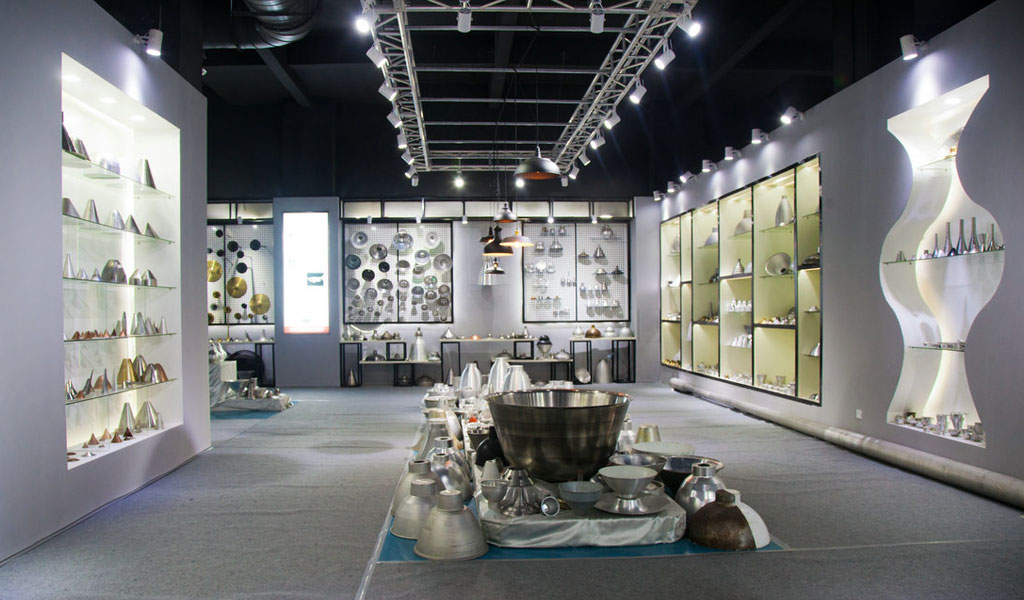
At BE-CU China Metal Spinning company, we make the most of our equipment while monitoring signs of excess wear and stress. In addition, we look into newer, modern equipment and invest in those that can support or increase our manufacturing capabilities. Our team is very mindful of our machines and tools, so we also routinely maintain them to ensure they don’t negatively impact your part’s quality and productivity.
Talk to us today about making a rapid prototype with our CNC metal spinning service. Get a direct quote by chatting with us here or request a free project review.
BE-CU China CNC Metal Spinning service include : CNC Metal Spinning,Metal Spinning Die,Laser Cutting, Tank Heads Spinning,Metal Hemispheres Spinning,Metal Cones Spinning,Metal Dish-Shaped Spinning,Metal Trumpet Spinning,Metal Venturi Spinning,Aluminum Spinning Products,Stainless Steel Spinning Products,Copper Spinning Products,Brass Spinning Products,Steel Spinning Product,Metal Spinnin LED Reflector,Metal Spinning Pressure Vessel,
